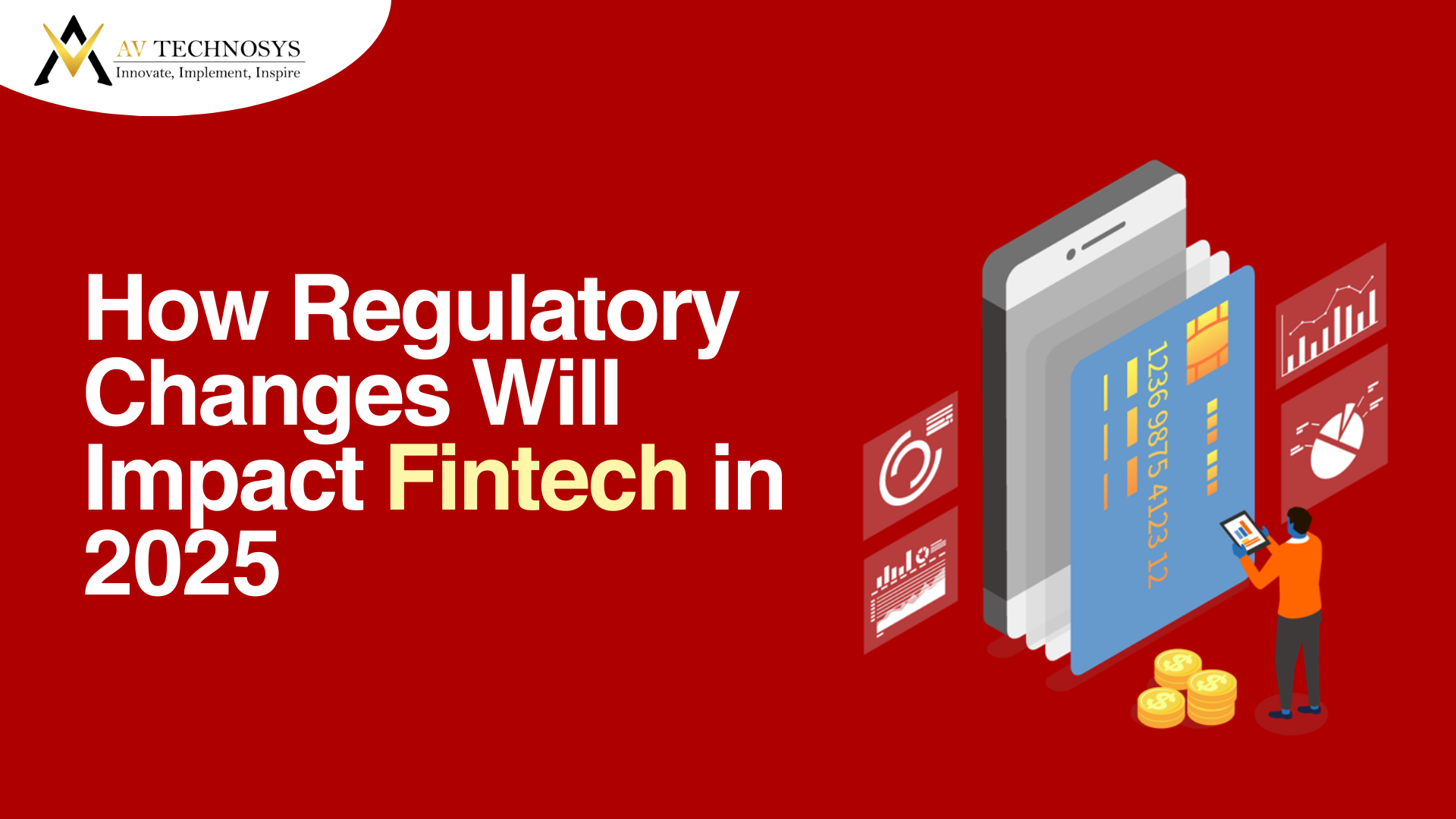How to Build an Android App: A Detailed Guide
Learn how to build an Android app step by step. This detailed guide covers planning, designing, coding, testing, and launching your app successfully.


App Development
The world today revolves around mobile apps. From ordering food to learning online or managing finances, everything is just a tap away. Among various platforms, Android remains the most popular operating system, with over 70% market share globally. If you have a business idea or want to build an app as a developer, knowing how to build an Android app is a crucial skill.
This detailed guide will walk you through each step of Android app development – from planning to launching your app on the Google Play Store.
Why Choose Android App Development?
Before diving into the process, let’s understand why Android app development is a smart choice:
Largest user base: The Maximum smartphone users globally is on Android.
Open-source flexibility: Developers can customise the OS features as per their needs.
Cost-effective development: Compared to iOS, Android app development is less expensive and has a wider market reach.
Easy deployment: Publishing apps on the Google Play Store is simple and fast.
Step 1: Define Your App Idea
Every successful app starts with a clear idea. Ask yourself:
What problem does your app solve?
Who is your target audience?
Are there similar apps already? If yes, how will yours be better or different?
Example: If you want to build a food delivery app, study Zomato or Swiggy. Analyse their features, user experience, gaps, and customer reviews to understand what improvements you can bring.
Step 2: Research & Plan Features
Once your idea is clear, list down the core features your app will have. Divide them into:
Must-have features: Without which your app will not function (e.g., login, search, cart for eCommerce apps).
Nice-to-have features: Features that enhance user experience but are not critical for the first launch (e.g., AI recommendations, dark mode).
Also decide:
Monetisation model: Free, freemium, ads, or subscription-based?
Tech requirements: Does it need GPS, camera, notifications, payment integration?
Design expectations: Clean, minimal UI or feature-rich dashboard?
Step 3: Create Wireframes
Wireframes are blueprints or sketches of your app screens that define the layout and user flow. You can use tools like:
Figma
Adobe XD
Sketch
Balsamiq
Focus on:
Intuitive navigation
Consistent iconography
Minimal clicks to complete an action
Creating wireframes saves time and helps developers and clients visualise the app before actual coding begins.
Step 4: Choose The Right Development Environment
To build Android apps, Android Studio is the official IDE (Integrated Development Environment) recommended by Google. It supports:
Java and Kotlin languages
Built-in emulators to test apps
Firebase integration for database, analytics, and notifications
Setting up Android Studio:
Download Android Studio from the official website.
Install the software and configure the SDK (Software Development Kit) tools as per your app’s minimum API requirements.
Start a new project and choose your target device type (phone, tablet, TV, wearable).
Step 5: Learn Programming Basics (Java/Kotlin)
If you are a beginner, learning Java or Kotlin is essential. While Java is traditional, Kotlin is now Google’s preferred language for Android development due to its conciseness and safety features.
Key concepts to learn:
Variables, data types, operators
Control structures (if-else, switch, loops)
Functions and classes
Android-specific concepts like Activities, Fragments, Intents, and Layouts
There are free courses on platforms like Udacity, Coursera, and YouTube to master these basics.
Step 6: Start Coding The App
Begin developing your app screen by screen. The typical structure includes:
Manifest file: Declares app permissions, activities, and services.
Java/Kotlin files: Contain the logic and functionality.
XML files: Define the layout and UI components.
Example:
For a login screen, you will create an XML layout with input fields and buttons, and a Java/Kotlin class to handle user input and authentication logic.
Step 7: Integrate Backend & APIs
If your app requires data storage, user management, or payment processing, you need backend integration. Options include:
Firebase: Google’s powerful platform for real-time database, authentication, cloud storage, and push notifications.
Custom backend: Built using Node.js, Python Django, or PHP with APIs connected via RESTful services.
Example: In an e-commerce app, your backend stores product details, user orders, and payment history, accessible through API calls.
Step 8: Test Your App Thoroughly
Testing ensures your app works seamlessly across devices and Android versions. Types of testing include:
Unit testing: Checks individual functions and components.
UI testing: Ensures buttons, screens, and flows work as expected.
Compatibility testing: Verifies app performance on different screen sizes and Android versions using emulators or real devices.
Beta testing: Release your app to a closed group of users to identify bugs before the public launch.
Popular testing tools: JUnit, Espresso, Firebase Test Lab.
Step 9: Optimise Performance
A slow app can lead to uninstallations and bad reviews. Optimisation tips:
Compress images to reduce load time.
Minimise memory leaks by managing background processes efficiently.
Optimise API calls to avoid lags in data retrieval.
Use ProGuard to reduce APK size and protect your code.
Step 10: Design a Beautiful User Interface
An app is not just about functionality; design plays a huge role in user retention. Follow Google’s Material Design guidelines for consistent, clean, and user-friendly UI. Focus on:
Appropriate colour schemes matching your brand
Readable typography
Easy navigation icons and gestures
Smooth transitions and animations
Step 11: Prepare For Launch
Before publishing your app, ensure:
All features are working seamlessly
The app complies with Google Play Store policies
You have created a high-quality app icon and promotional screenshots
The app’s privacy policy and terms of use are drafted and linked in the app (mandatory for Google Play approval)
Step 12: Publish on Google Play Store
To launch:
Create a Google Play Developer account (one-time $25 fee).
Generate a signed APK or AAB in Android Studio.
Fill in your app details – title, description, category, and pricing.
Upload screenshots, icon, and promotional video if available.
Submit for review. Once approved, your app goes live.
Step 13: Promote & Gather Feedback
Your job doesn’t end after publishing. Promote your app through:
Social media ads
SEO-optimised landing pages
Blogs, videos, and reels showcasing app features
Asking early users for reviews to build credibility
Analyse app performance through Google Play Console analytics and continuously improve based on user feedback.
Conclusion
Building an Android app involves planning, designing, developing, testing, and launching – all requiring dedication and clarity of purpose. While it may look complex, learning step by step and practising with small projects will make you confident in developing production-ready apps.
Whether you are a student learning Android development or a business aiming to launch your first app, following this detailed guide will set you on the path to success.
Looking to build an Android app for your business?
At AV Technosys, our expert developers create high-performing, scalable, and user-friendly apps tailored to your business goals. Contact us today to discuss your app idea and turn it into reality.
📬 Get in Touch With Us
Name
Mobile No.
Message
Our Latest Blogs
Get the most recent information on trends, technology, and development insights.
View All Blogs

Ashish Bishnoi
07-05-2025
Discover how AI is reshaping fintech with key trends and real-world benefits driving innovation in 2025.

Veer choudhary
08-05-2025
Explore how new regulatory changes will shape the future of fintech in 2025 and beyond.

Veer choudhary
11-05-2025
Learn why fintech startups fail with real examples and key lessons to build smarter in 2025.
Our Technology Experts Are Catalysts for Digital Transformation
Book a Free call with Our Experts and Start Building the Future Today.

INDIA
238, 2nd floor, Purani Chungi,
DCM Road, Vaishali Nagar,
Jaipur, Rajasthan, 302017
+91 9983034111

UK
1-3 St Nicholas Street Worcester
WR1 1UW, United Kingdom
+44 7470994018

UAE
M01, AL Mulla Building 2,
Near Burj Nahar Mall, Deira, Dubai
+971 521665467







